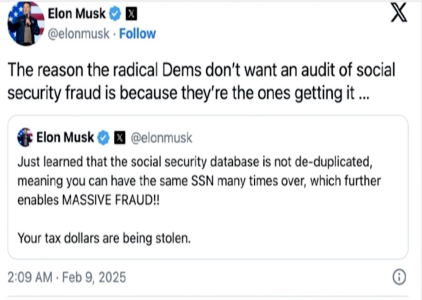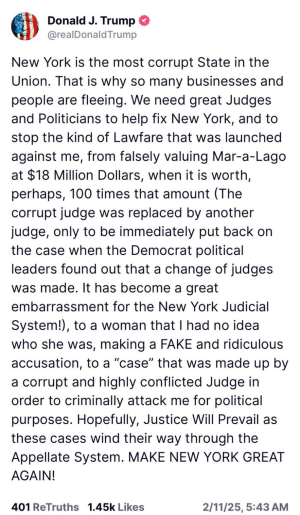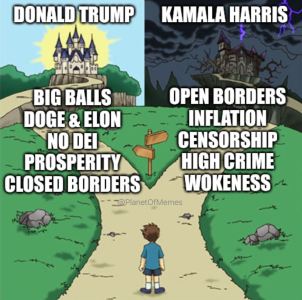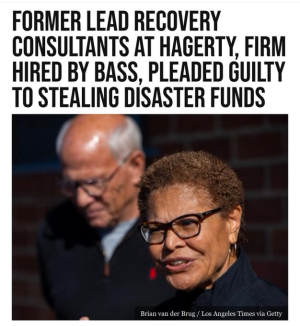Goldhedge
Legendary
USAID grant money is everywhere. It’s so deeply woven into the nonprofit world that tracing it is like testing $100 bills for cocaine—at a certain scale, every charity has some residue.
That’s why the disclaimer at the top of the website exists:
**"NOTE: Funding is fungible, meaning USAID dollars do not directly flow into these NGOs in a literal sense. Instead, the money moves through multiple layers, with various entities handling and redistributing it.
Rather than focusing solely on individual grants or making definitive statements about how NGOs benefit from USAID, it’s more important to recognize the broader pattern of funding distribution and influence—and to cut through the layers of unaccountability."**
So, how do you determine if an NGO is truly dependent on USAID money? Context matters.
Let’s go back to the cocaine analogy: Every $100 bill has trace amounts, but a drug dealer’s cash will be covered in it. The same logic applies here.
This isn’t just theory for me. I worked with Charlie Kirk during the 2024 election on early voting analysis. I saw firsthand how his operation worked, and I can say with confidence: President Trump would not have won re-election without him. He flipped voter registrations on their head and made a direct push for young male voters.
Bottom line: These graphs are tools, not verdicts. Use them wisely.









